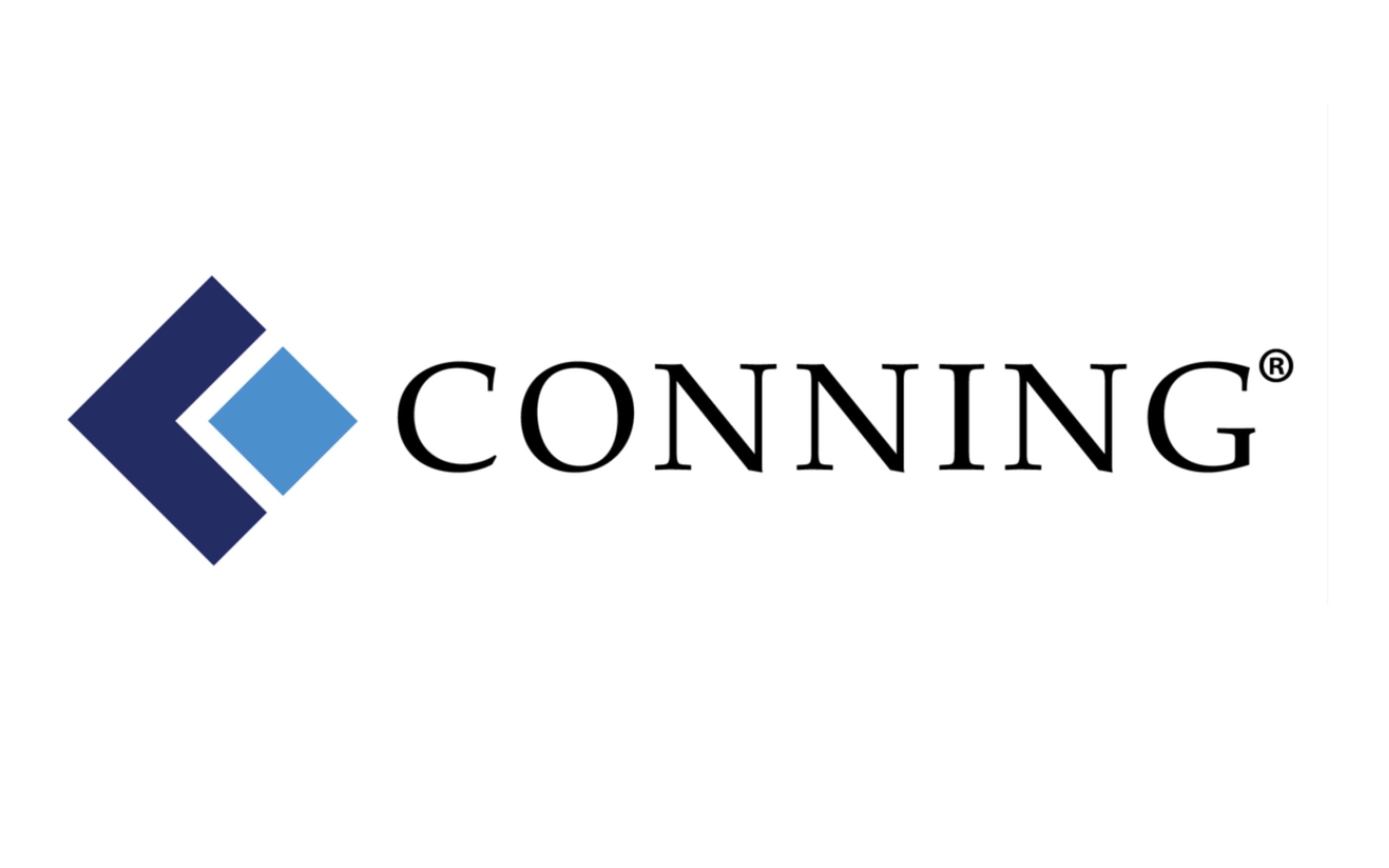According to a recent report by Conning, the escalating impact of natural catastrophes is threatening the homeowners insurance sector, indicating that the industry cannot sustain its current trajectory without significant changes.

Alan Dobbins, a Director in the Insurance Research group at Conning and the report’s author, noted, “The increase in natural catastrophe losses is not solely due to primary perils such as hurricanes.”
He continued, “Instead, secondary perils—smaller-scale events like severe convective storms, floods, and wildfires—have become a significant source of annual catastrophe activity. The insurance industry, therefore, is focusing new attention on these secondary risks, which historically have been under appreciated but are now proving to be just as problematic as major events.”
Furthermore, factors such as rising population densities, inflation, and economic development have intensified the damage caused by these events.
In response to these pressures, Dobbins explained that insurers are adapting to the current environment. Common responses include raising rates and imposing stricter underwriting guidelines, but another significant market response has been retreating from certain high-risk areas altogether.
Dobbins concluded, “The industry has managed through equally challenging times, but it will be important for insurers to lead on developing a risk management-based solution to the crisis before the legislators and regulators assume control.”






